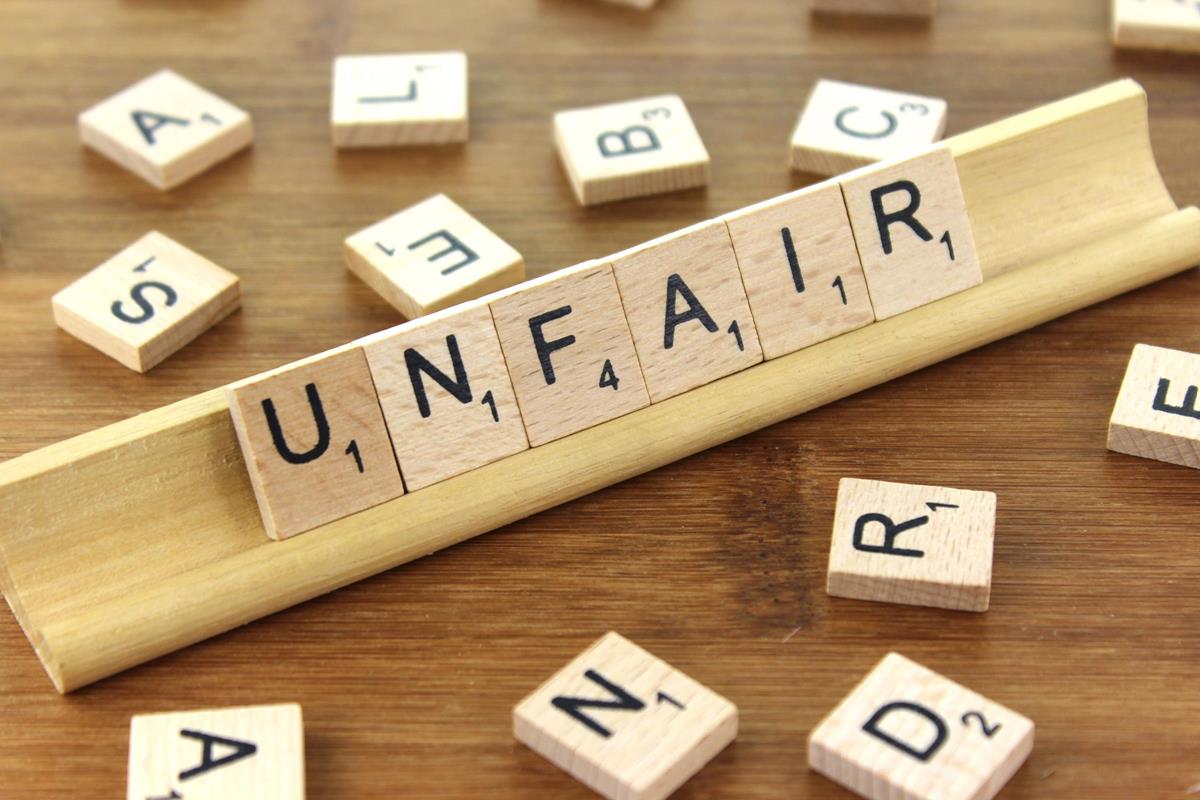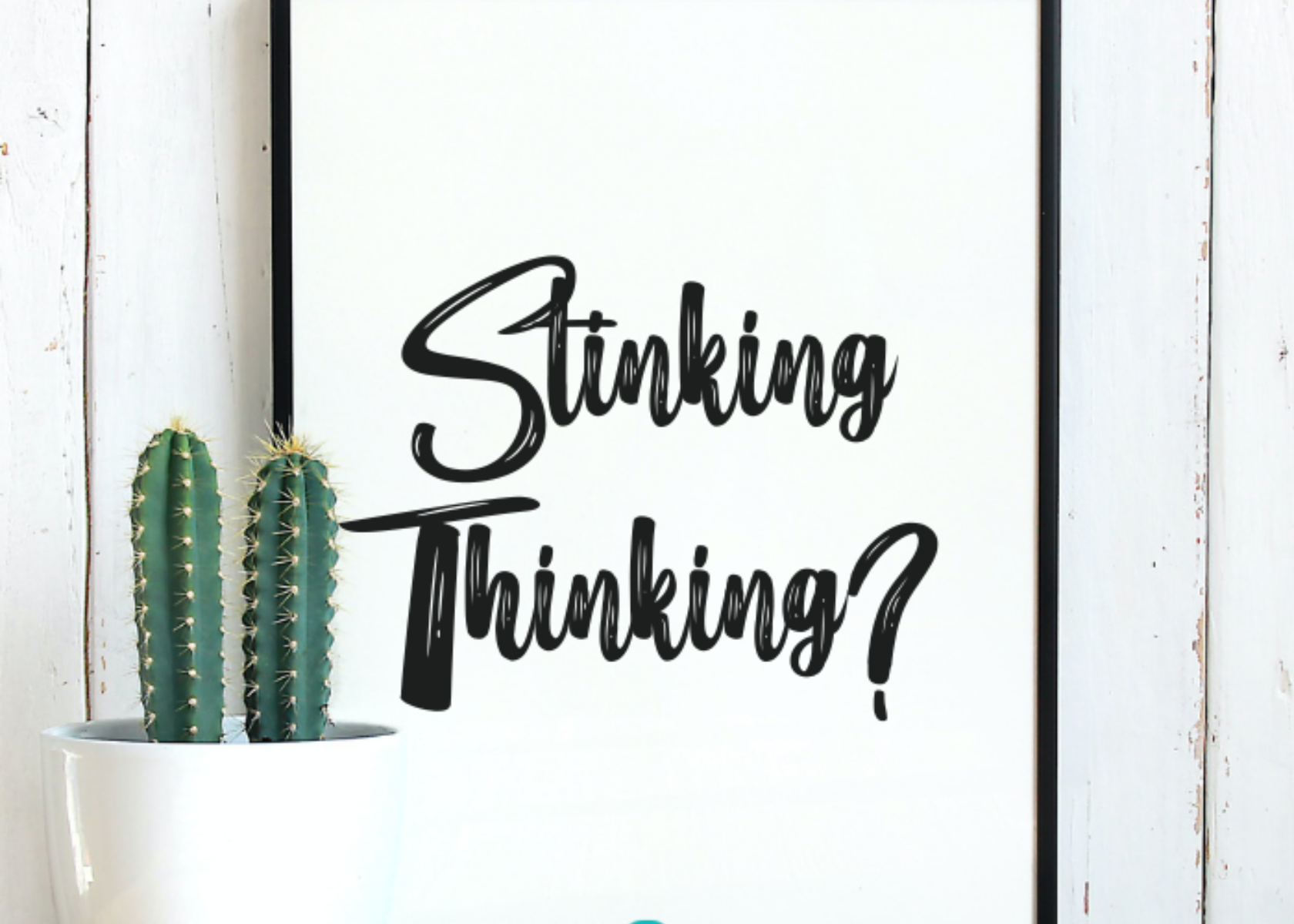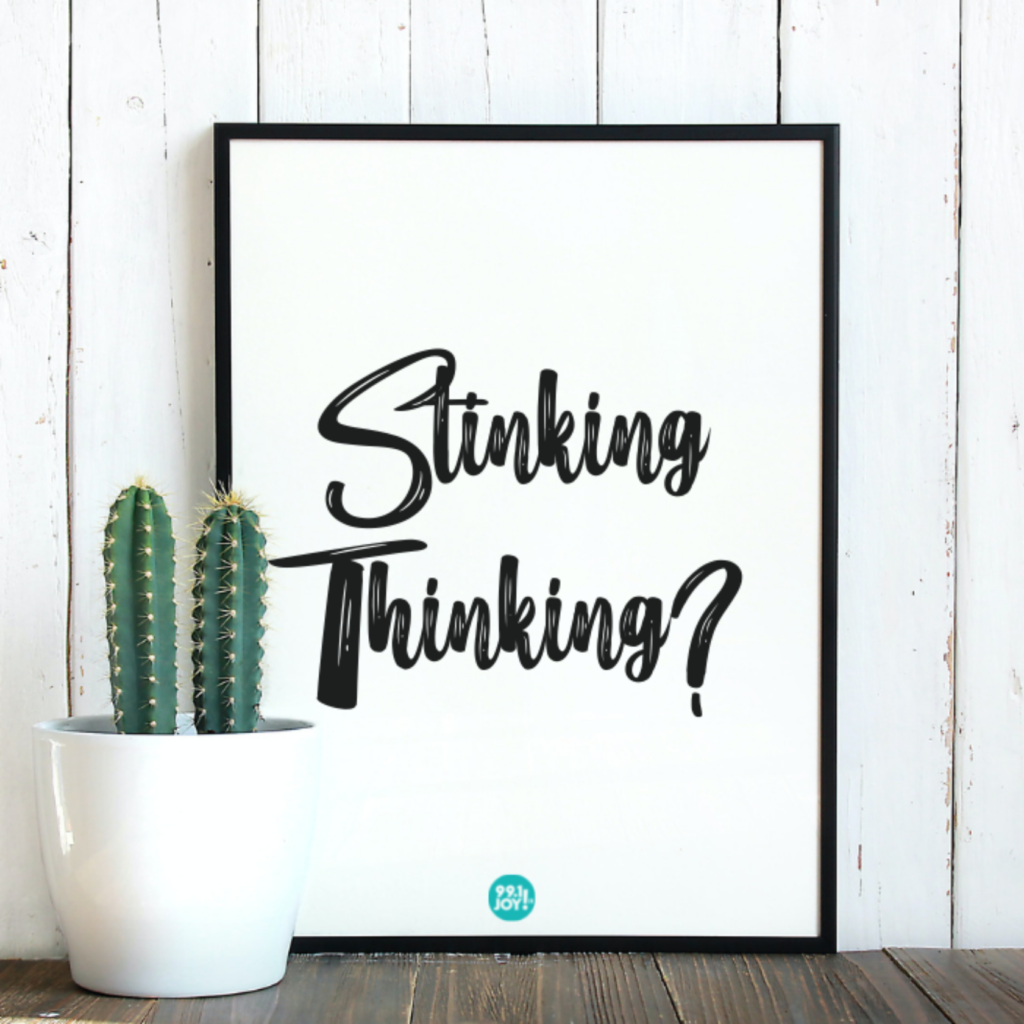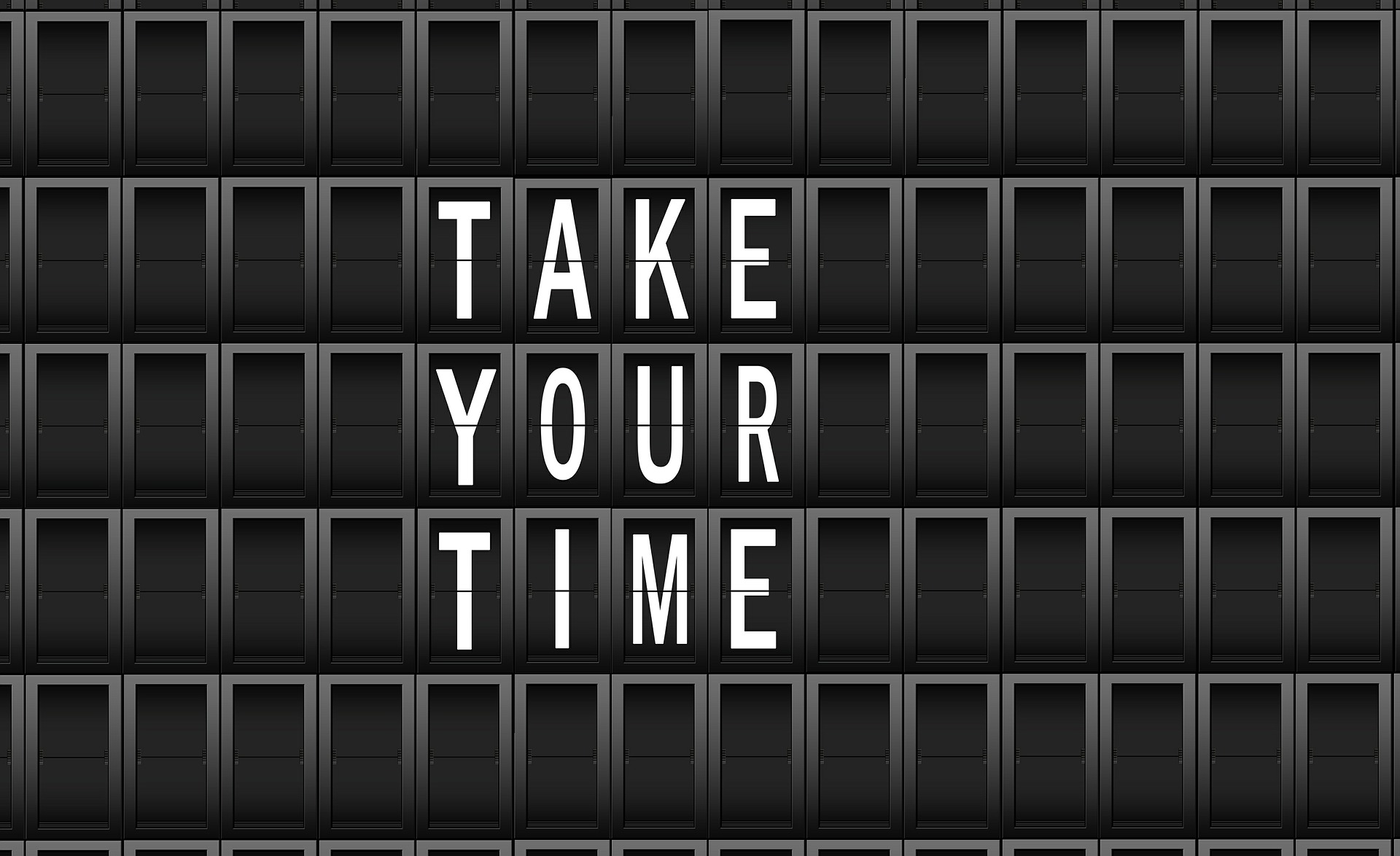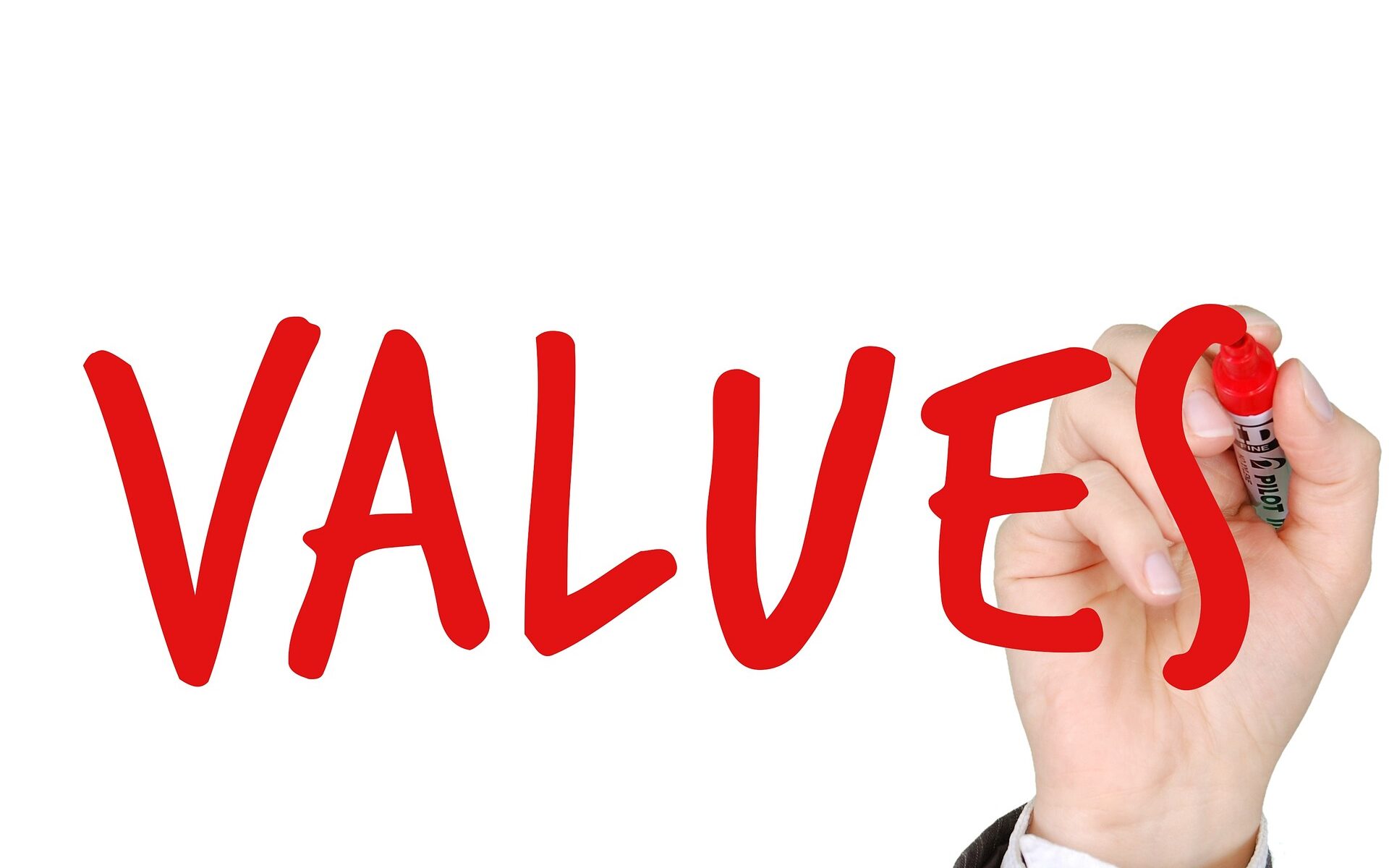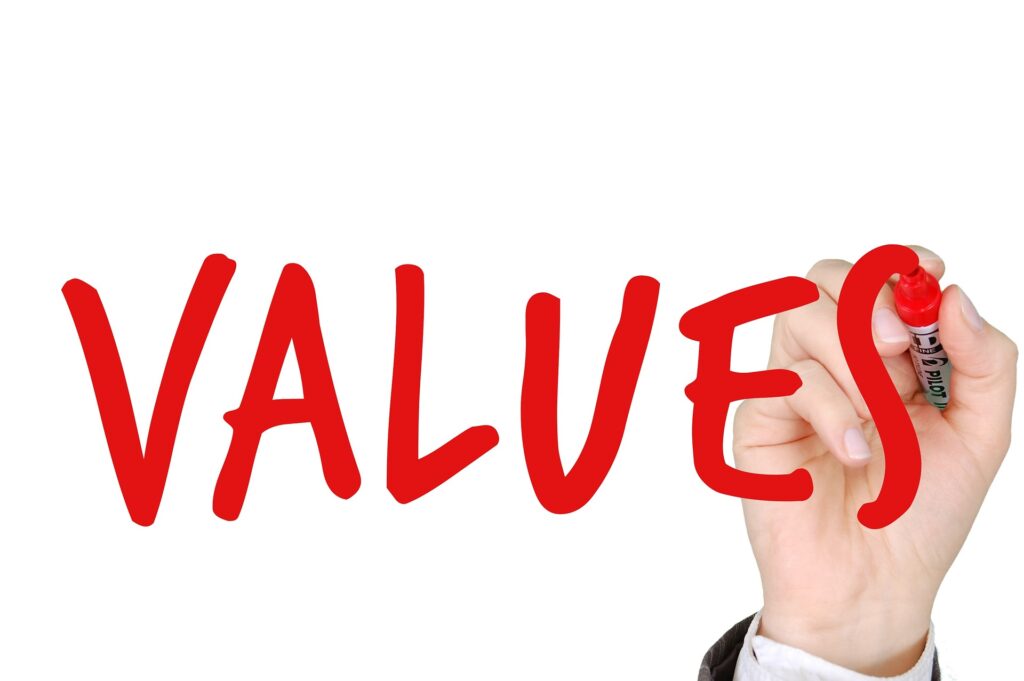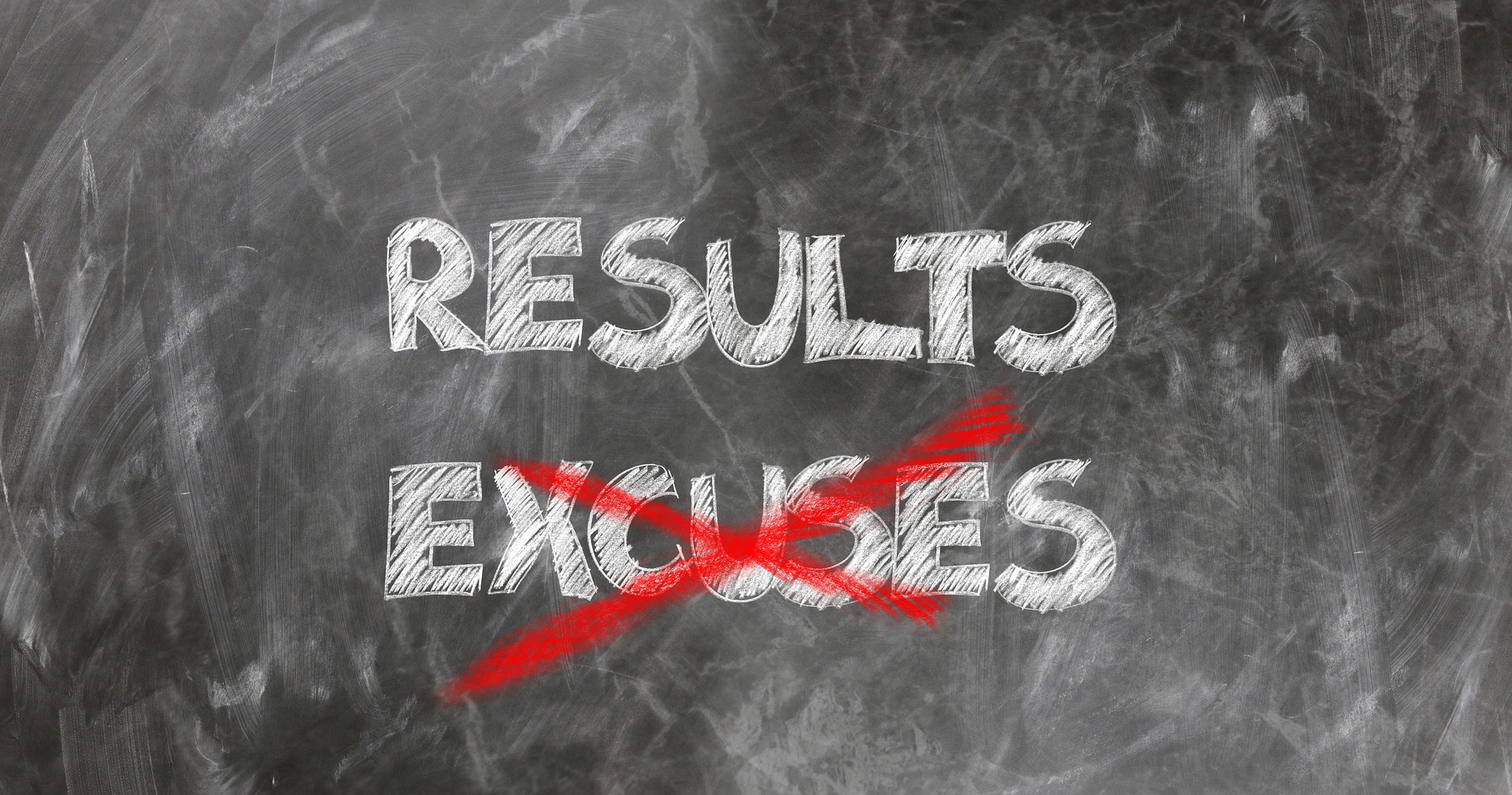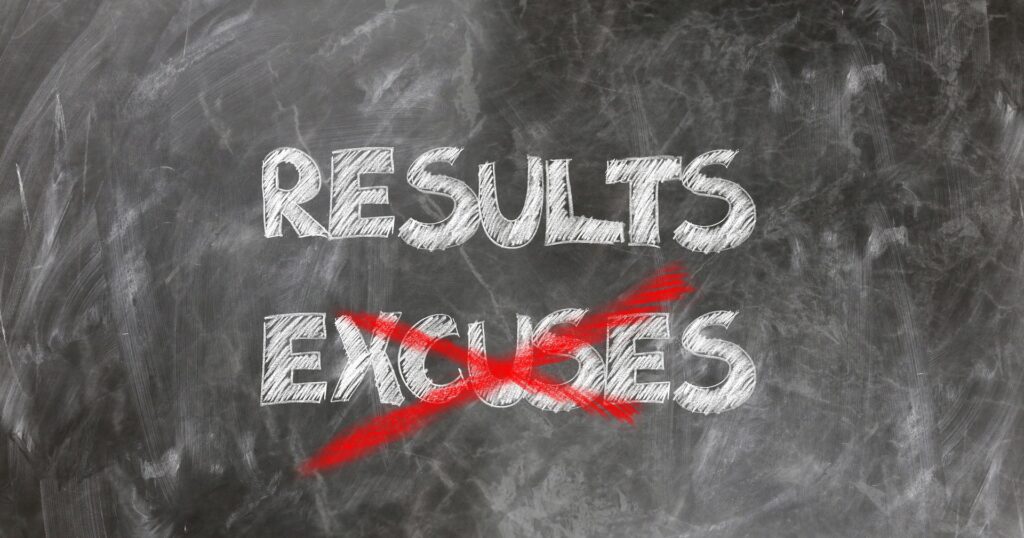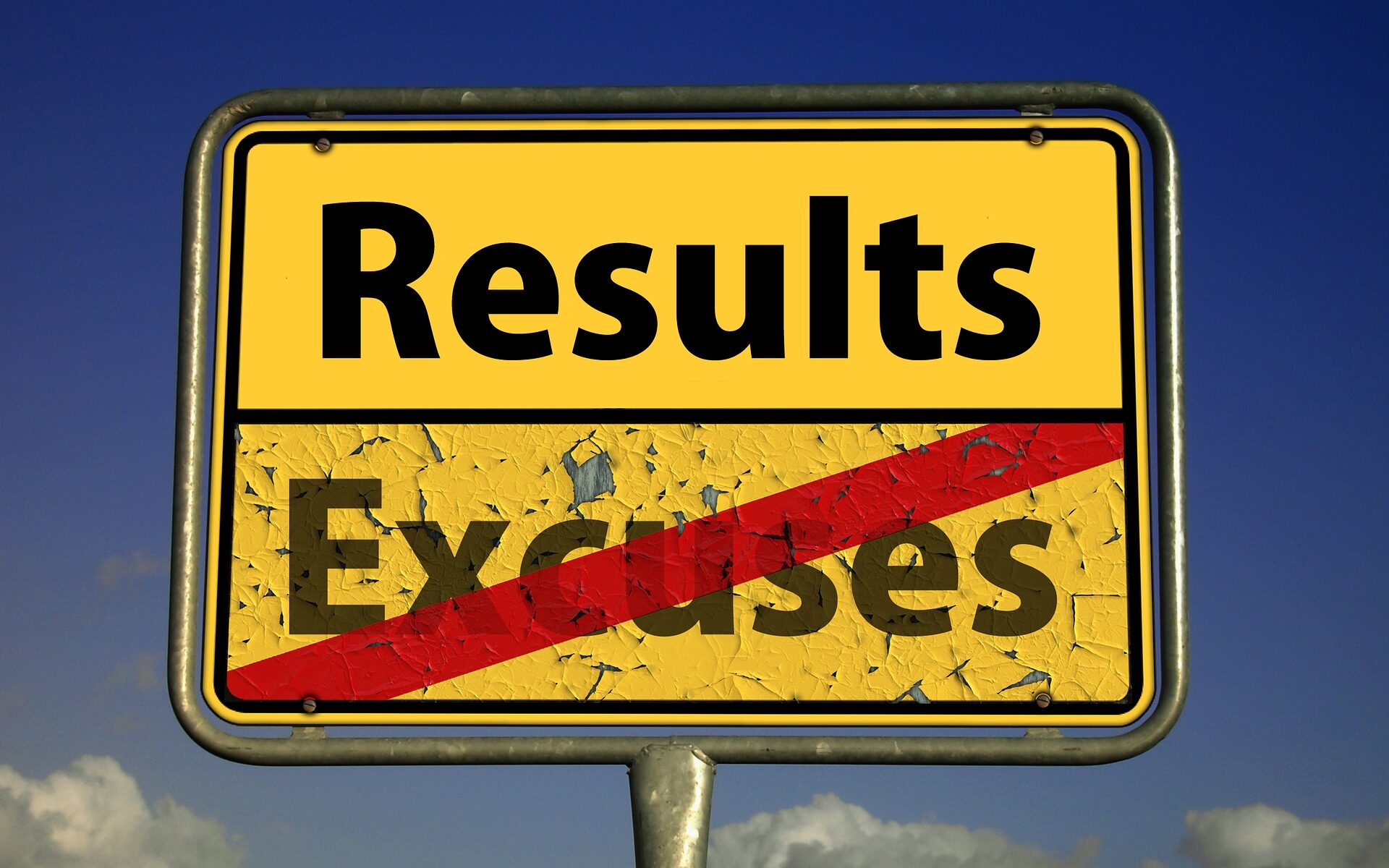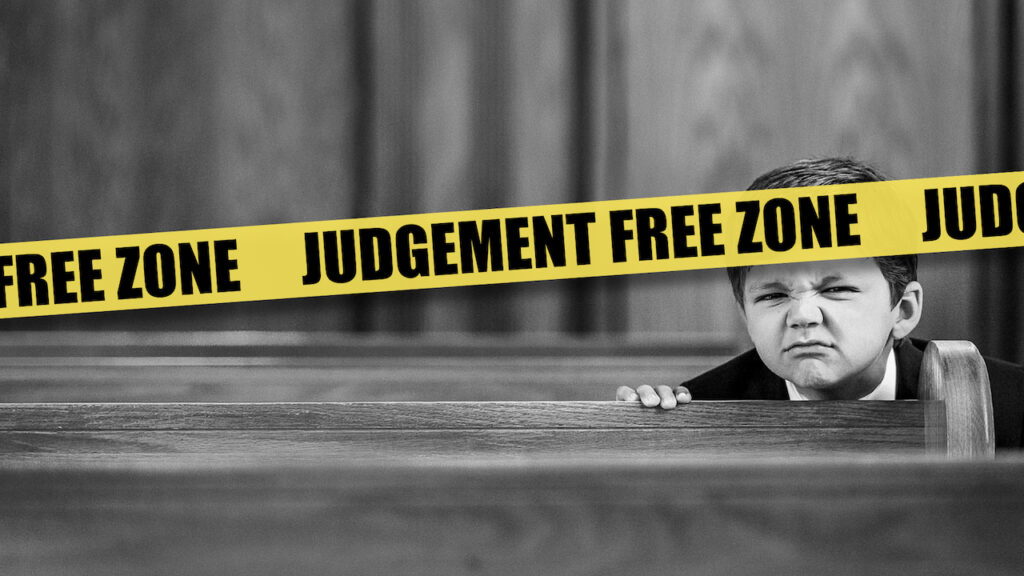When life just isn't fair
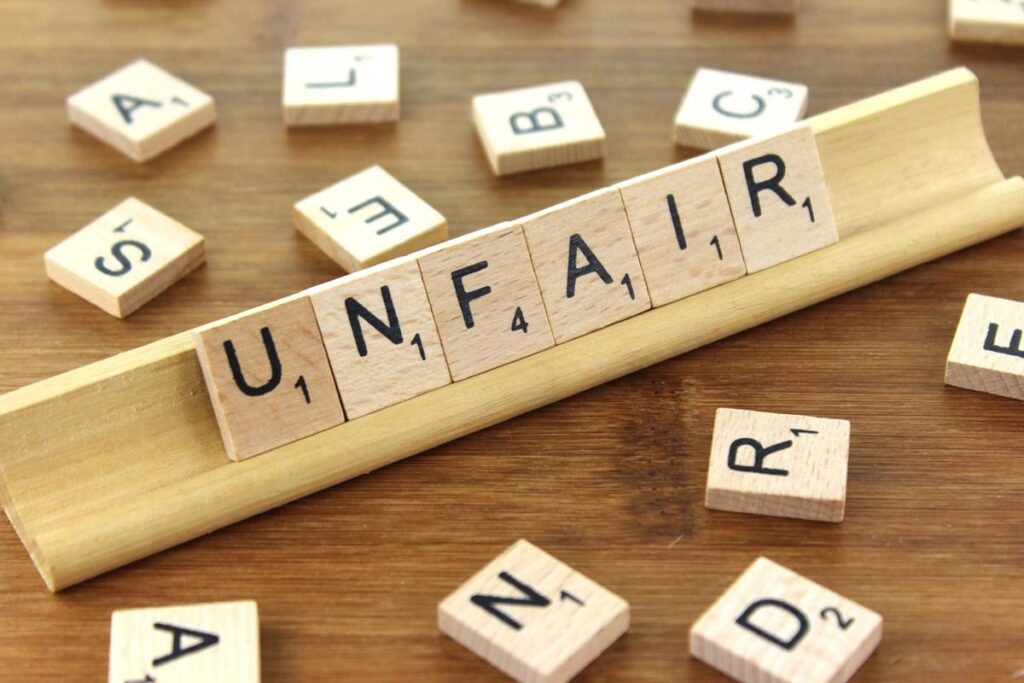
“Life is not fair – deal with it” is a phrase we have probably all heard at a young age regardless of where we grew up. It is what our parents would tell us when friends or siblings were granted privileges that were unavailable to us. I am the youngest of four and my parents were the most tolerant ones on the block, and I admit that as a child I was frequently the benefactor of this statement, as I received favorable treatment. But that trajectory did not last.
The corporate world can be an unjust environment and navigating it can be daunting. I experienced this first-hand in my career. Watching colleagues being promoted who were seemingly less qualified, and learning by accident that my pay was significantly lower than that of my peers. I also dealt with gender bias and being laid off under questionable circumstances. It stung and I wish I had known how to cope better during those tough times.
It is human nature to react to setbacks by feeling like a victim or to become angry and lash out at others. While these reactions are understandable, they are also self-sabotaging. The longer we wallow in our pity, the more damage we do to our well-being and that of the people around us.
I would like to offer you a different approach that gets you back on track faster when dealing with the inevitable unfairness in life. It only takes three steps:
- Awareness
- Acceptance
- Choice
Awareness allows you to see what is happening right now. Try to take unbiased stock of the events. Can you detach from the story you are telling yourself and just look at the facts? Is it possible to view the situation from a different perspective? If your answer to this last question is “yes”, you know that you have constructed an interpretation of reality and probably taken things personally, which resulted in your ego getting hurt.
Acceptance is the state of mind that you achieve when you stop interpreting the situation as “bad”. Allowing your inner battle about the perceived or true injustice to continue keeps you stuck in the past and is also a waste of your precious energy. Acceptance lets you move forward.
Choice is ultimately what will give you your power back and it puts you in a state of responding rather than reacting. Whether you realize it or not, we always have a choice about how we handle situations. It is easy to lose sight of that fact especially when we just got triggered into an emotional reaction. But there are other, healthier choices available than remaining a victim. If you cannot change the situation, you can change your perspective about it to one that better serves you. This is called “reframing” and is a common tool used in coaching.
With a little practice of these recommended steps, you’ll be well equipped the next time life treats you unfairly. As a professional coach, I can help you overcome the unavoidable road bumps on your journey mindfully and with more ease. Ask me about my signature program called SOAR (the acronym stands for the four phases Seek, Outline, Awake, and Relearn), which is a blueprint to help you through the toughest transformations. Contact me at angela@belladonnacareercoach.com for a free discovery call.

